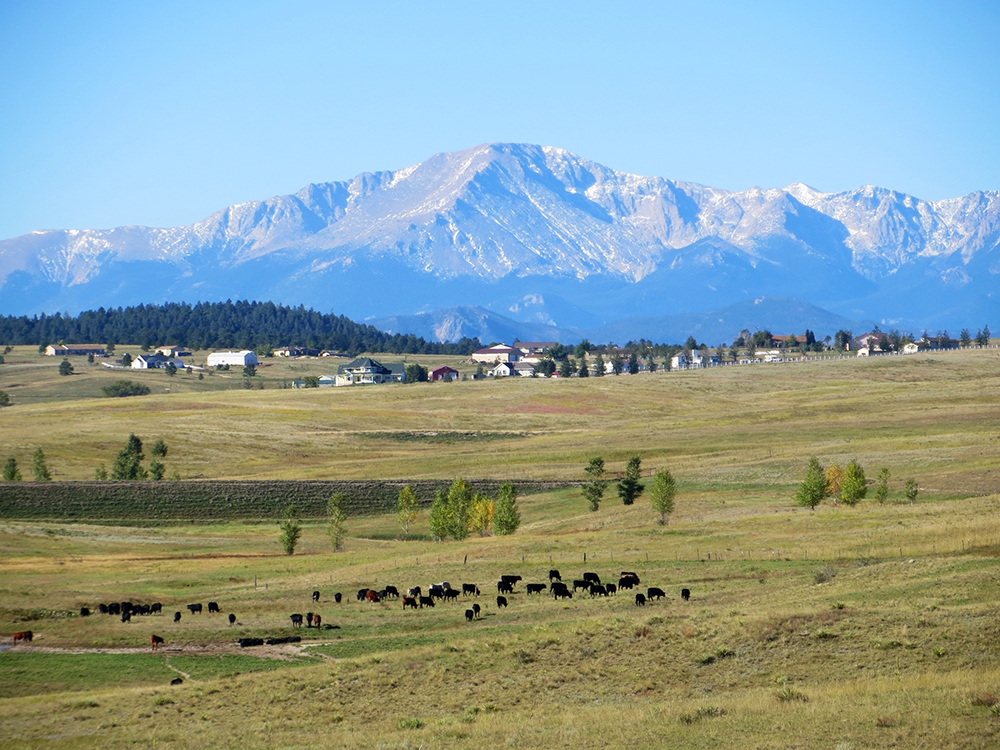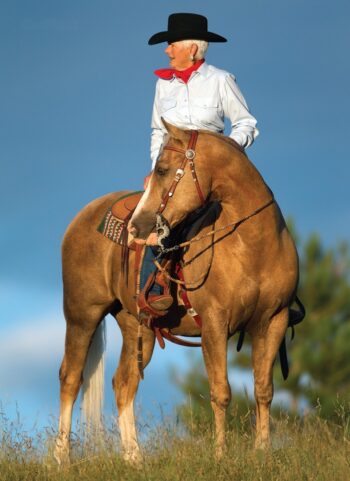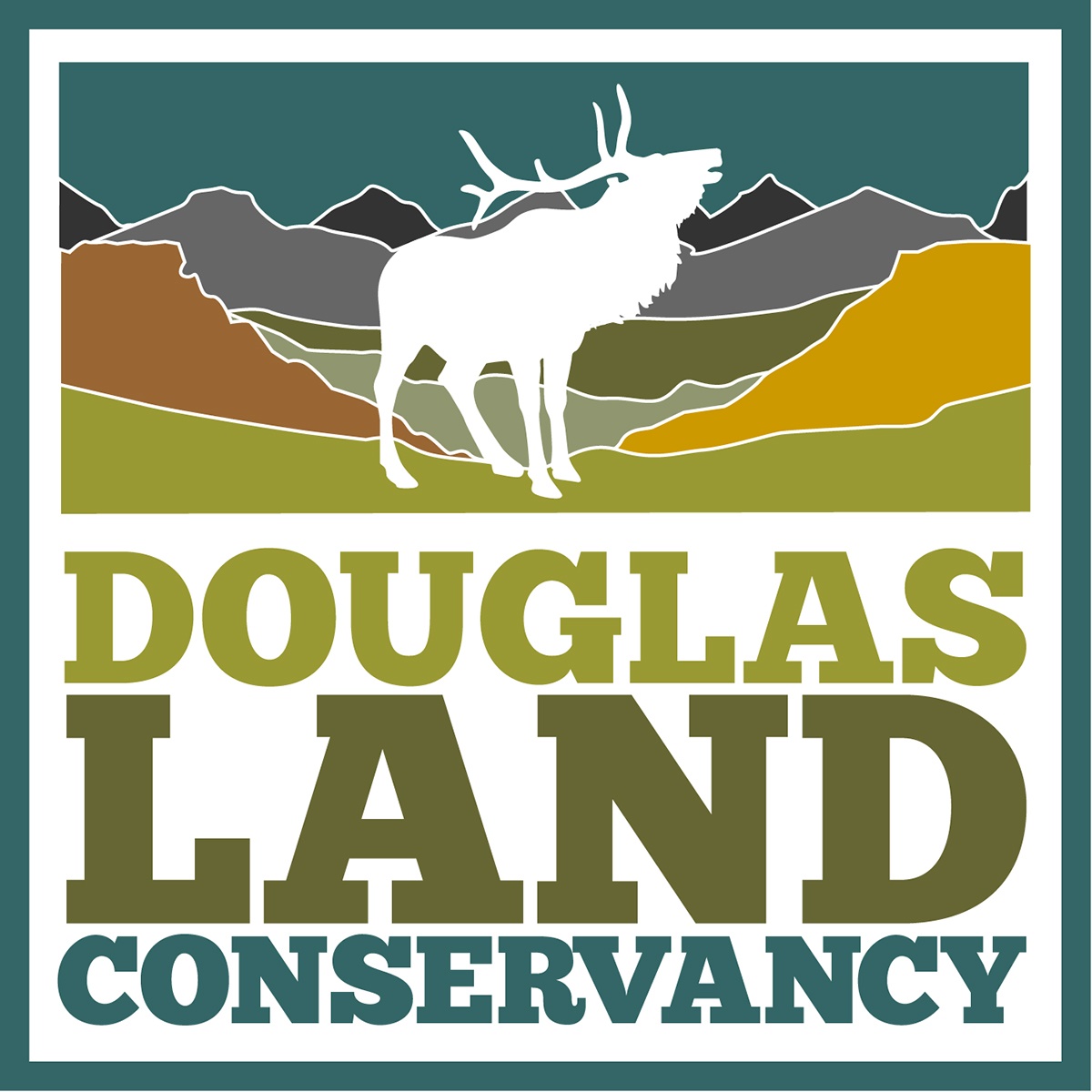CONSERVATION EASEMENTS

In the land protection business and in almost every open space plan in Colorado, the words “conservation easements” are commonly heard. Even our governor spent time in his inaugural address promoting the use of conservation easements as an important tool that protects open space and private property rights all at lower cost than outright purchase of property. Douglas Land Conservancy (DLC), like most other non-profit land conservation groups, relies on conservation easements to protect open space.
But what is a conservation easement and how does it work to permanently protect open space?
A conservation easement is a voluntary legal agreement between a landowner and a land trust (DLC for example) or government agency that permanently limits uses of the land in order to protect its conservation values. Landowners retain many of their rights, including the right to own and use the land, sell it and pass it on to their heirs. The conservation easement is recorded in the county clerk and recorder’s office. This legal agreement permanently restricts uses of the property that would negatively impact the natural values of the land. In our part of Colorado this means most, if not all, subdivision and development rights are given up, along with some commercial uses (surface mining or large-scale feed lots are good examples). These rights are donated (or sold in some instances) to DLC and they are extinguished. Historical uses of the property, including ranching, hunting and existing residences are allowed under most easements. Conservation easements stay with the title to the land from owner to owner, ensuring the permanent protection of property.
Each conservation easement, like each property, is unique. Every conservation easement is negotiated between the landowner and the conservation group. In some cases, very limited development is allowed (such as a ranch family retaining the right to build a new home for one of their children). This is determined on a case by case basis and always takes into account the natural values of the property we are protecting. Public access is not a requirement of a conservation easement. Many families grant easements so that they will be able to pass down their treasured property for future generations to enjoy.
DLC’s responsibilities do not stop once the easement is written. In fact, the moment the easement is signed is just the beginning of our involvement with the land and the landowners. DLC is responsible for monitoring compliance with the easement provisions in perpetuity. At least once a year a representative from DLC will visit the property to ensure that no violations of the easement provisions have occurred. Violations are rare and we use our monitoring visits as a way to catch up with the landowners who are the stewards of the property.


Most conservation easements are donated by landowners who simply wish to see their property stay as open space. For those who donate easements, there are tax incentives. The value of the development and other rights given up are a charitable donation (DLC is a charitable non-profit organization) and can be treated as such on tax returns. Depending upon the situation, there may also be estate and property tax incentives. In very limited cases, conservation easements can be purchased, paying landowners for the development rights and allowing them to stay on the land and continue traditional uses. This approach has been effective with agricultural landowners across the nation.
Conservation easement transactions, while inexpensive, are not free of costs. Significant staff and legal time go into each transaction. DLC relies on charitable contributions to fund much of this work. However, it is a cost-effective conservation tool that sets aside important open space without having to purchase property. For more information on conservation easements, please contact us directly.
Remembering an Open Space Advocate
Pat Close, 1935-2021
Patricia “Pat” Close was a talented and dedicated horsewoman, journalist, editor and friend to so many in Colorado and across the nation. As editor of Western Horseman magazine, Pat wrote with passion about the need to preserve and steward western lands for ranching and wildlife. She supported DLC in our mission to accomplish these goals along Colorado’s central Front Range, always with a welcoming smile and great advice. We are working with Douglas County to install a hitching post at the Dawson Butte trailhead to honor her love of riding and open spaces- Date to be announced.

